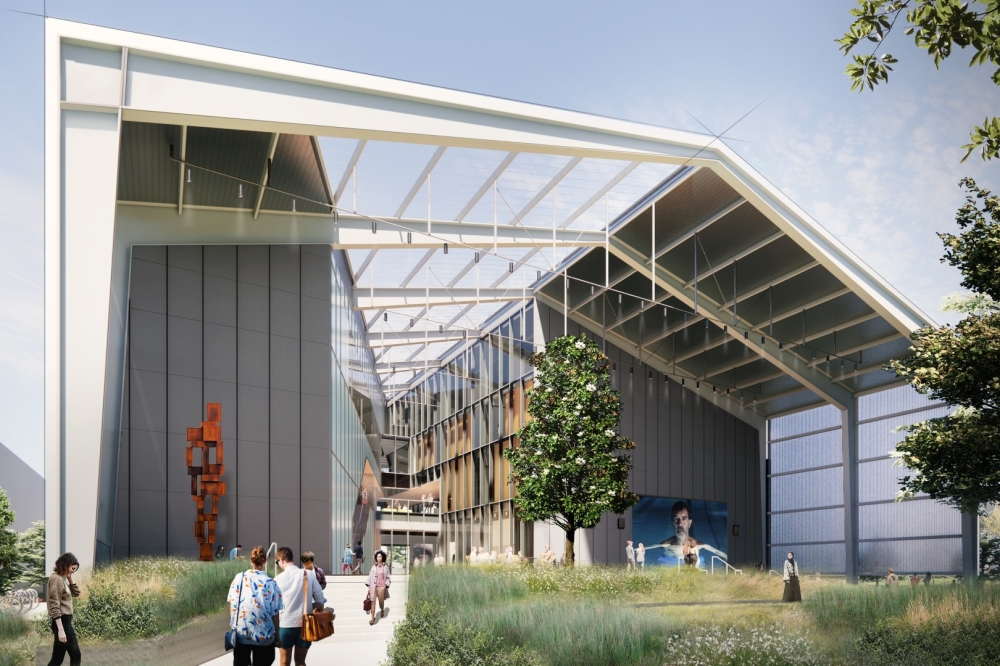The big picture
Rice University has experienced significant enrollment growth in the last few years, increasing its average undergraduate student body population by 14.7% since the 2019-20 school year and its graduate program by 20.9%.
According to a report by Rice University in early 2025, five years ago, the campus’s undergraduate population was around 4,000. University officials said the campus intended to grow its undergraduate program to 4,800 students by 2028. However, due to the recent jump in enrollment, the university extended its growth trajectory to approximately 5,200 undergraduate students by 2028, about a 30% increase since 2020.
Rice officials are also looking to increase the current graduate student population from 4,100 to 4,700 for close to 10,000 overall students by fall 2028.
“As we expand access, we are committed to preserving what makes Rice special—the culture of care, a commitment to excellence, a low student-to-faculty ratio and our close-knit community,” Rice University President Reginald DesRoches said in an April news release.
The private research institution has also become more competitive, with a university report showing around 11% of applicants were accepted in 2020. In fall 2024, about 8% of applicants were admitted.
In the most recent application cycle, a record of 36,700 prospective freshmen applied to the university, surpassing the University of Houston’s 33,000 applicants for the fall 2024 class, according to a UH report.Zooming in
To support the university’s growing student population, Rice has also expanded multiple on-campus facilities, including the Cannady Hall for Architecture, which opened in late 2024; the Ralph S. O’Connor Building for Engineering and Science, which opened in 2023; and the Susan and Fayez Sarofim Hall, which opened in September. The university also broke ground this year on a new student center complex.
Moody Center Complex for Student Life

- Size: 75,000 square feet
- Cost: $115 million
- Timeline: May 2025-2027
- Features: Large programming pavilion, cafe, meeting rooms, study areas

- Size: 83,000 square feet
- Cost: $76 million
- Timeline: Opened in September
- Features: A cinema, performance lab spaces, adaptable classrooms, indoor and outdoor workshops
Rice University is also extending its off-campus amenities. In September, officials with the Rice Real Estate Company announced plans to launch a new building in Houston’s Ion District, a technology park and innovation hub located in Midtown, called The Arc.
The Arc, which is slated to open in early 2028, will function as a research space. According to the announcement, Rice will be a lead tenant of the building, occupying almost 30,000 square feet of office and lab space for its faculty and students. Rice’s cross-disciplinary research at the Ion District will focus on key fields of study such as energy, artificial intelligence, data science, robotics and engineering.
Assessing the need
Rice executives partly chalk up the ramped-up interest to The Rice Investment, a financial aid program launched in 2019 to help families cover costs.
According to the university’s website, in the 2023-24 academic year, nearly $152 million in grants was awarded, with more than half of Rice undergraduates receiving some aid. The school is anticipated to surpass $1.5 billion in financial aid in the next five years.In their own words
“This progress reflects more than just construction projects or policy shifts. It represents a shared commitment across our faculty, staff, students, alumni, and leadership to imagine boldly and act decisively.” —Reginald DesRoches, Rice University President.
“As we grow, we’re being intentional about protecting things that define Rice—our close community, the accessibility of our faculty, the personal attention received and our culture of care.” —Melinda Spaulding Chevalier, Rice University vice president of public affairs.
The bottom line
Melinda Spaulding Chevalier, the vice president of public affairs at Rice University, said some growth is also due to the 2024 launch of the university’s new strategic plan, Momentous.
“We’ve been following a clear path for how to strengthen what we do best and expand our impact—all while preserving what makes Rice special,” she said. “The plan lays out a vision for Rice to be a global leader in teaching and research.”
DesRoches said he has also seen growth in student capacity, hiring, new research partnerships and advancement in health, sustainability and technology.
“We recognize there’s still much work ahead,” he said. “Scaling thoughtfully, advancing major capital projects and achieving our most ambitious research goals will take time. But we move forward with humility and confidence.”





